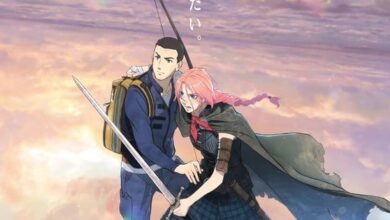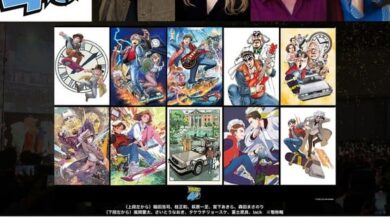Anime Just As Good As I Remembered – This Week in Anime
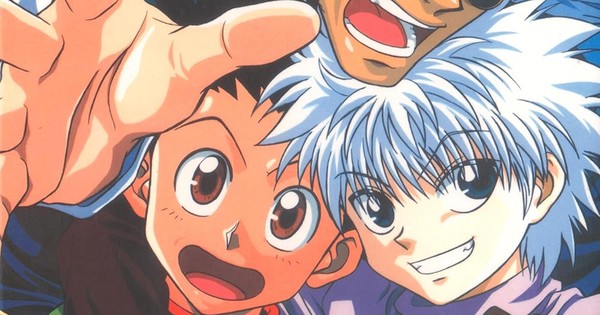
After breaking down the early fandom favorites that lost their luster, Coop and Lucas go back and examine the old faves that do hold up.
Disclaimer: The views and opinions expressed by the participants in this chatlog are not the views of Anime News Network.
Spoiler Warning for discussion of the series ahead.
Full Disclosure: Coop Bicknell regularly works on titles produced by MediaOCD, but their recent release of Project A-ko predates his professional involvement with the company. His opinions given here are purely his own and do not reflect those of his employers.
Netflix streams Death Note.
Tubi streams Tiger & Bunny.
Crunchyroll streams Hunter X Hunter 2011 and Black Lagoon.
Prime Video streams Project A-ko.
Coop, a couple of weeks ago, our Anti-Nostalgia TWIA column garnered a fair bit of attention! After all, in an entertainment landscape that’s increasingly reviving old IP and reliant on childhood fondness for pre-existing media, it’s downright subversive for people to admit that older works aren’t as good as people remember them being.
© Aoki Takao・Beyblade Project
But what if we took that subversion one step further? What if we spent this column chatting about anime from our formative years that hold up!?
That sounds like a great idea to me, Lucas! After all, I’m always thinking about the anime DVDs that flowed in and out of my small collection growing up. Oh boy, I was a huge FYE rat in the mid-to-late aughts. And you don’t know what an FYE is, dear reader, it’s kind of like a Suncoast… Wait, that’s even older and more obscure now… Anyway, FYE is (instead of “was”, surprisingly) a chain of movie and music stores you’d see in your local mall. Today, they’ve fallen into the “Hot Topic” trap of morphing themselves into an overpriced Funko hell. But back in the day, I nabbed a couple of scuffed volumes of this little show about a band of Southeast Asian pirates…
As a then-edgy pre-teen just about to hop into high school, Black Lagoon sung to my heart like the trashy action movies I’d occasionally rent from the video store—filled with near-constant cursing, crude humor, ludicrous action, and cool girls with guns. I had a great time with the series back then, but sold off all of my Geneon DVDs in a college purge (this will be a recurring story). However, I did keep the first volume, signed by Brad Swaile, who plays Rock.
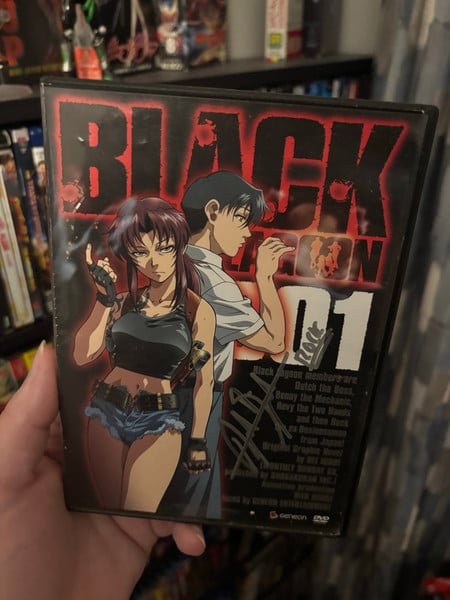
I’m not sure if it was because of Chris, Steve, or your recent look at anime’s greatest smokers, Lucas, but something made me go, “Welp, it’s time to put this ancient DVD into my PS5.” And I’m glad I did, because I felt like that edgy pre-teen again in all the best ways. Who wouldn’t shout “f*ck yeah!” at the TV after seeing this for the first time in a decade?

© 2006 REI HIROE • SHOGAKUKAN / BLACK LAGOON PROJECT.
Seeing MADHOUSE‘s name in Comic Sans during the opening credits felt like a jumpscare, though.

© POT (Yoshihiro Togashi)・© Nippon Animation
To take things in a different direction, I’m going to shout out an anime that never aired in the US during its original run, the 1999 adaptation of Hunter X Hunter! I stumbled across this anime while lurking on forums that I was probably too young to be on back in the day, where it was first described to me as, “a shonen even bigger than Dragon Ball in Japan!” With that description, I had to check it out, and I’m so glad that I did!
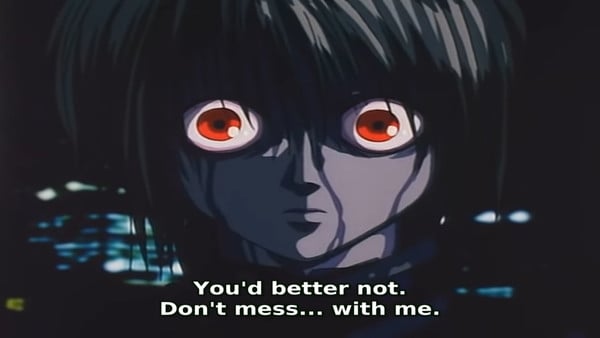
© POT (Yoshihiro Togashi)・© Nippon Animation
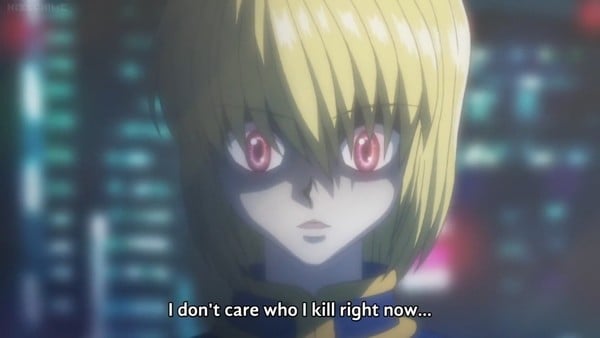
© POT (Yoshihiro Togashi) 1998-2011 © VAP・NTV・Madhouse/Shueisha
I’m far from the first person to point this out, but the animation in the 1999 HxH series is wildly inconsistent; it’s much better at capturing the tone of Togashi’s original manga with its use of lighting and willingness to pull characters off-model. While I still think the Hunter X Hunter manga is the best version of this story, the 1999 series is easily one of the most interesting anime adaptations I’ve ever watched.
In the fight that follows this moment, the generally darker palette and dynamic framing of ’99 works in its favor—showing just how frightening Illumi is. For a moment that I was talking about with my buds years ago, it’s cool to see that others are also comparing how it was adapted.
Oh man, that camera movement! That editing!! I know there are some fights in ’99 HxH that are borderline slideshows, but when it wanted to, it could create a mood and make a moment feel as impactful to the audience as it was for the characters.
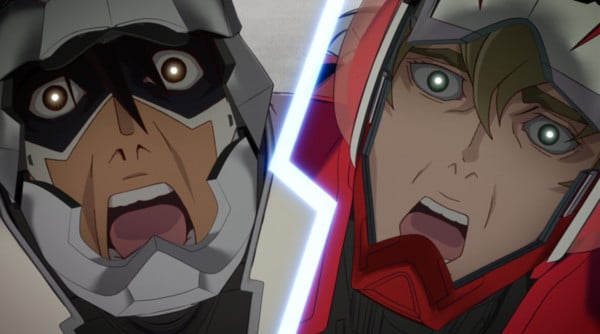
© BNP/T&B PARTNERS
But your mention of the year 2011 reminds me of a series that defined the latter half of my high school days—Tiger & Bunny. I’ve brought up this modern classic a time or two in past columns, but this ganimata oji-san (see this for context) and his cocky partner stole my heart back then. Every Saturday night, I’d made an appointment to watch the series as it aired on Hulu, and it was probably the first time I’d learned the joys of week-to-week, anime zeitgeist viewing, especially for a show with so many great twists and turns. Look to JoJo’s Fridays, Suletta Sundays, Machuesdays, or Delicious Bravern Thursdays as examples of what I mean.
I returned to this series ahead of Tiger & Bunny 2‘s initial drop on Netflix, and again, it was still as amazing as it was before. Filled with memorable heroes, biting use of branding, sharp storytelling, and plenty of tension for the BL enjoyers out there. Admittedly, I didn’t fully notice that last bit till WAY later. I remember talking to someone in school about Tiger & Bunny and they were like, “Oh, the show with all the gay fan art on Tumblr?” Yep, that’s the show.
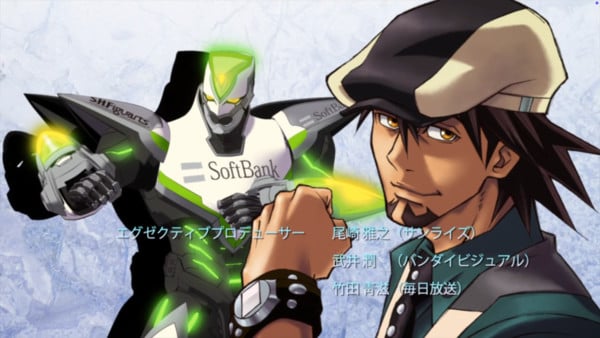
© BNP/T&B PARTNERS
But here’s my only caveat about watching it today: check it out on Tubi or Blu-ray because you’ll be missing out on the sponsored super suits otherwise! Those ads are characters in their own right!
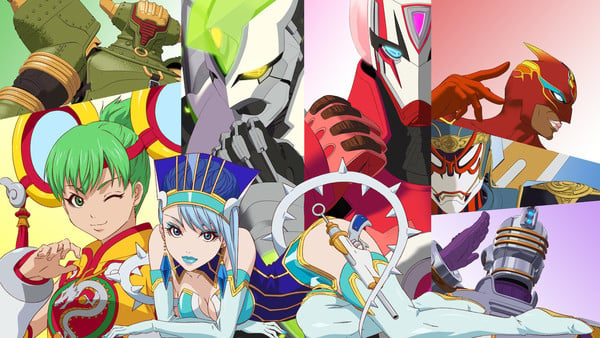
© BNP/T&B PARTNERS
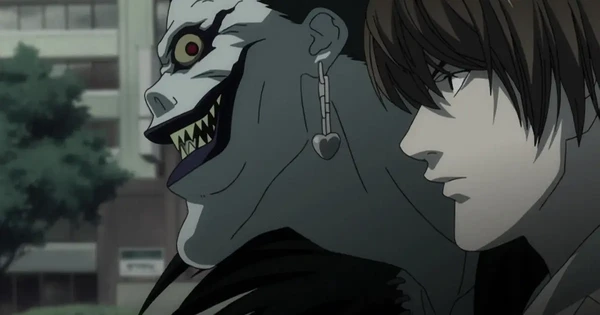
© Tsugumi Ohba, Takeshi Obata/Shueisha © DNDP, VAP, Shueisha, Madhouse
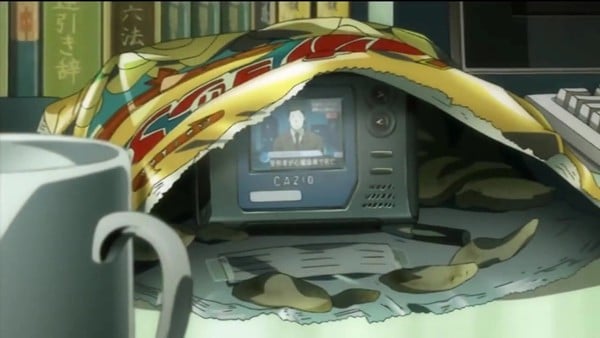
© Tsugumi Ohba, Takeshi Obata/Shueisha © DNDP, VAP, Shueisha, Madhouse
While it doesn’t hold up as the intellectual thriller and mirror to society’s hypocrisies that we all thought it was as tweens and young adults, it is an amazing and accidental deep dive into the mind of a misogynist. I cannot recommend it enough, so long as it’s approached with that framing.
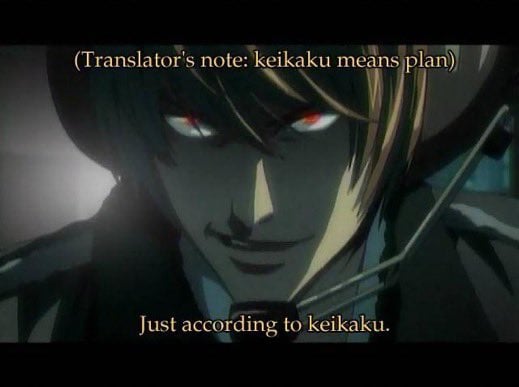
© Tsugumi Ohba, Takeshi Obata/Shueisha © DNDP, VAP, Shueisha, Madhouse
Aside from my love of Inoue’s work and the many classic memes driving me toward a proper rewatch, I remember being quite fond of the series as it aired on Adult Swim back in the aughts. However, I was a bit more familiar with the live-action movies produced around the same time. Back then, I’d purchased a Hong Kong release of the film with English subtitles and quickly learned what region codes were. What a sweet summer child I was.
I forgot that “Dani California” was the theme song of this movie…

© WeeklySpa / FUSHOSHA
While I came to the live-action movie after watching the anime, I remember liking it as a teenager! I’m not prepared to take a stance on whether it holds up, seeing as my initial and only viewing in 2013 is now longer ago than I care to admit to myself.
On the topic of movies… There’s been this little flick that I’ve found myself regularly revisiting since I first saw it in 2006-2007ish—Project A-ko. Like Black Lagoon, I discovered the film among the sea of anime DVDs at an FYE in a set alongside the other A-ko movies for $15. At this point, the oldest series I had seen was probably Dragonball Z or a little bit of Mobile Suit Gundam on Toonami. Coming home and putting that first disc into the DVD player was a religious experience—one could only compare it to the first time I saw Gunbuster.
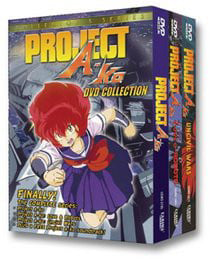
© Final-Nishijima-Moriyama/Soeishinsha_Pony Canyon
Jump to a decade later, I’d long sold off this set but came across a new release at an anime convention. It was at the booth of some company called Discotek Media, and this was LONG LONG before I started working with them. At that time, I grew to love the film even more, especially as I came to better understand what A-ko was specifically parodying. At the same convention, I also bought a Japanese VHS tape of the film, which later showed up on the recent Blu-ray release—a contribution I made solely as a fan. That tape now lives in the Anime Home Video Museum, by the way.
But for as much as I love this film, its villain and her henchwomen can come off as incredibly transphobic. It’s something to keep in mind when approaching this one. A-ko‘s very of its time—for better or worse.
I was about to say that, while I’m less than familiar with A-ko, this looks like THE MOST 1986 anime of all time, and I’m not at all surprised to learn that some lows balance out those highs. Still, it’s rad that you’re helping keep this medium’s history alive and making said history as widely accessible as possible!
With as much as I’ve talked about DVDs in the column, you might be able to tell that I’m a sucker for home video and the provenance behind certain titles. The general public might not care about that history, but it’s endlessly fascinating to me. Someone recently asked me why I’d like to hunt down that old box set, and it’s because of what that specific release meant to me at that time. Feelings like that aren’t easily upgradeable in my book.
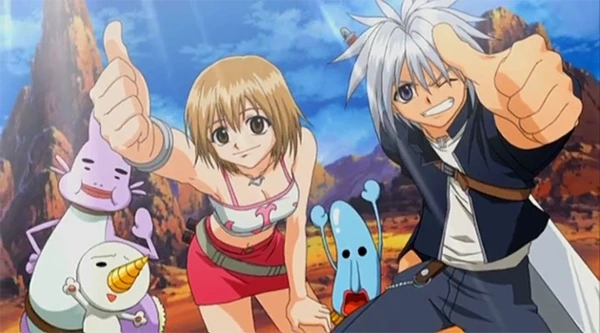
© Hiro Mashima/RAVE PARTNERSHIP・Kodansha © 2004 Cartoon Network, A Time Warner Company © 2004 TOKYOPOP Inc.
For instance, I’d never recommend that anyone watch the 2004 anime Rave Master, but I caught it at a deeply formative time in my life and I’m happy to report that it’s still as dumb and fun as I remember it being! Look no further than the English original OP being performed by the band REEL BIG FISH for some reason, and folks will understand why I still argue that this series is Hiro Mashima‘s best work. It’s packed with turn-of-the-century aesthetics, a great balance of new ideas and its overt shonen influences, and isn’t aspiring to be anything more than pulp fiction.
It’s an anime that got me into anime, and I have to believe there’s something special to it, even if I’m the only person who holds that belief.
Who can say how many kids got into ska because of Rave Master? But, even if it was just two, that’s a net gain for Ska and therefore a net gain for a better society!
You know, that lines up with the impression that I get: the series you loved always tend to hold up.
